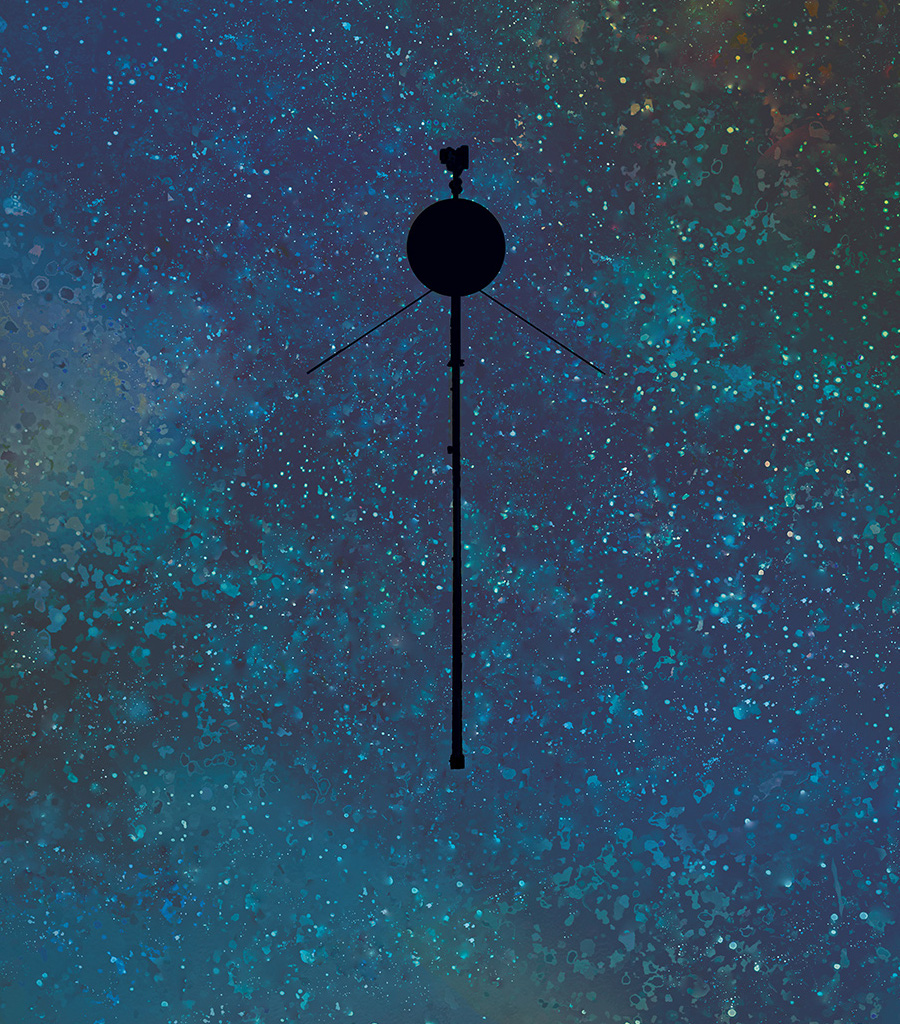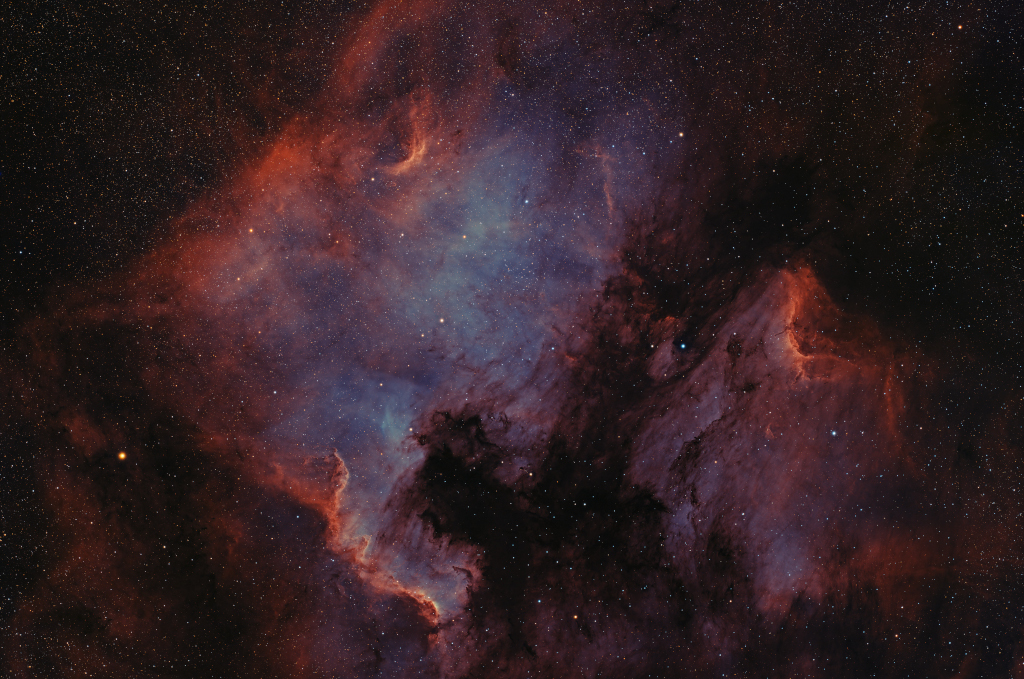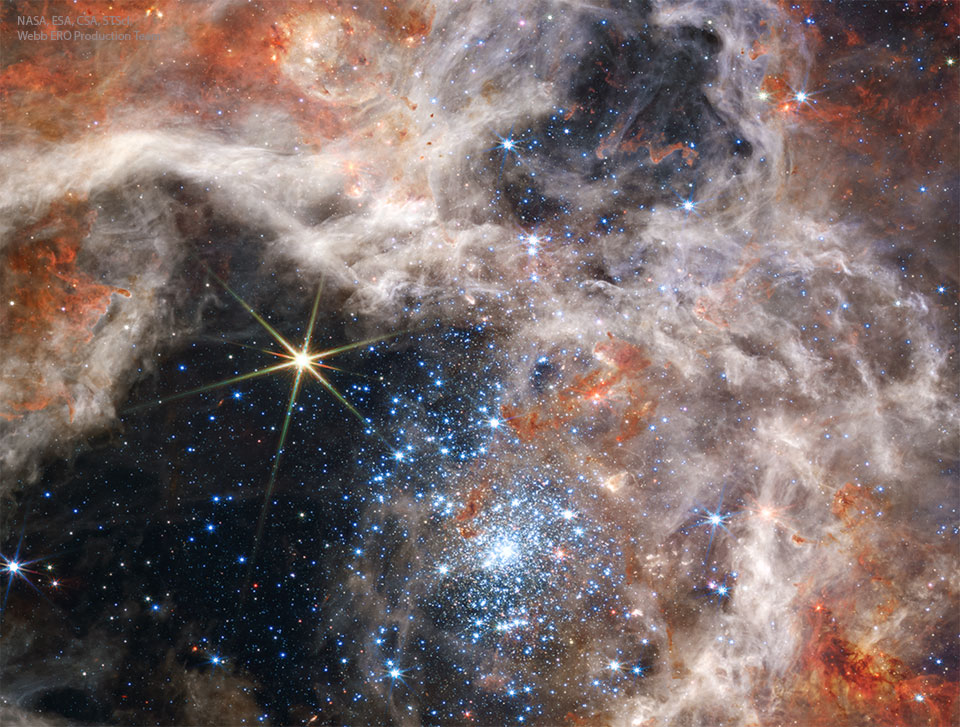NASA to Host National Space Council Meeting at Johnson Space Center
from NASA https://ift.tt/bBx4ymJ
via IFTTT
NASA to Host National Space Council Meeting at Johnson Space Center
from NASA https://ift.tt/bBx4ymJ
via IFTTT



NASA will hold a media teleconference at 11 a.m. EDT Thursday, Sept. 8, to discuss next steps for the Artemis I mission to launch the Space Launch System (SLS) rocket and Orion spacecraft from the agency’s Kennedy Space Center in Florida.
from NASA https://ift.tt/NXejOqt
via IFTTT
NASA has selected Axiom Space to deliver a moonwalking system for the Artemis III mission, which will land Americans on the surface of the Moon for the first time in over 50 years. This award – the first one under a competitive spacesuits contract – is for a task order to develop a next generation Artemis spacesuit and supporting systems, and to de
from NASA https://ift.tt/kSbtnus
via IFTTT
NASA has awarded the Marshall Operations Systems, Services, and Integration II (MOSSI II) contract to Teledyne Brown Engineering Inc. of Huntsville, Alabama.
from NASA https://ift.tt/6e0OnFU
via IFTTT


